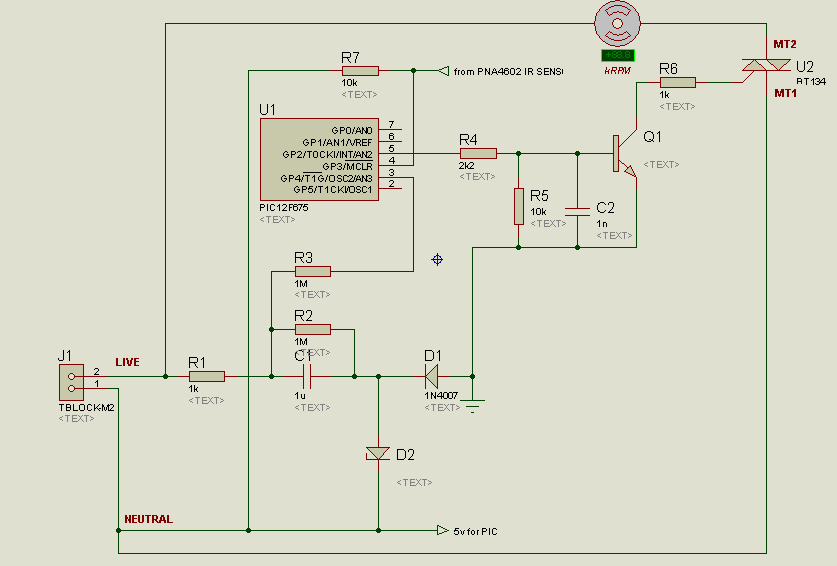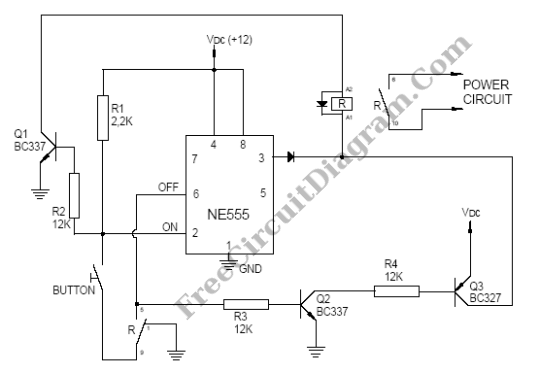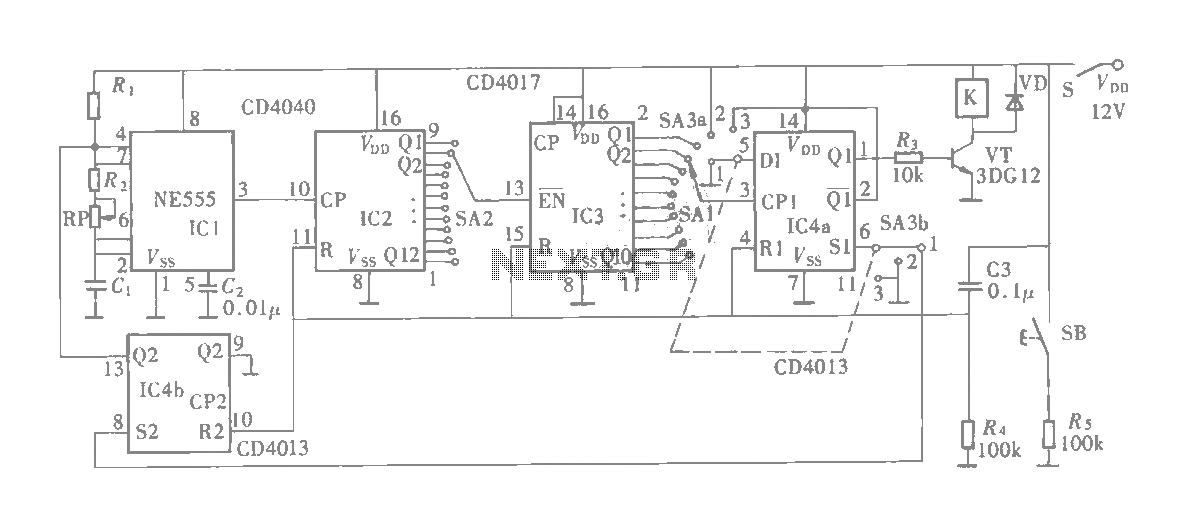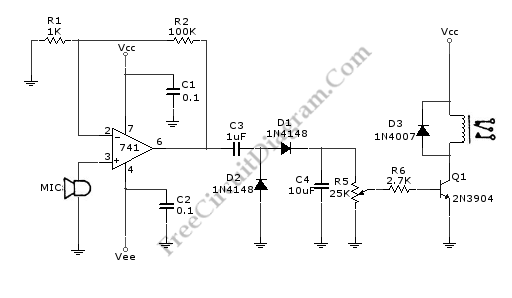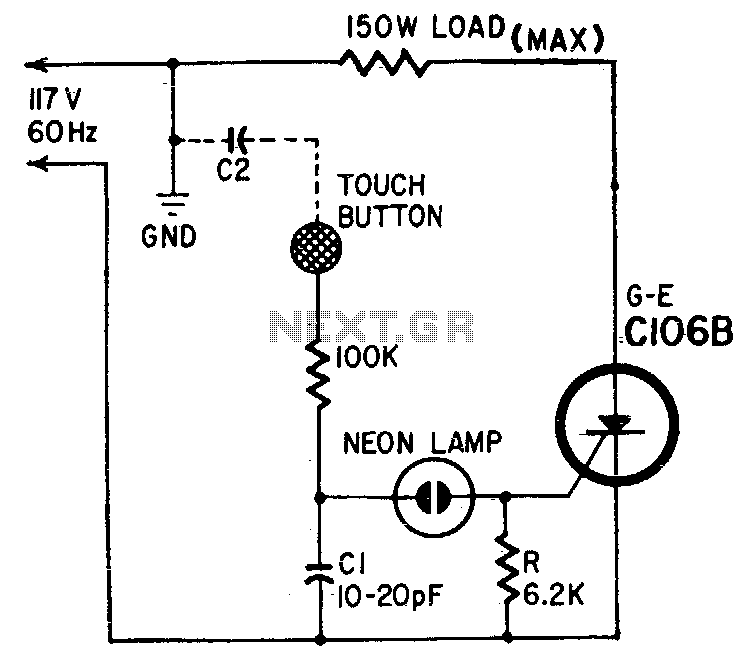
DIY Solid State Relay
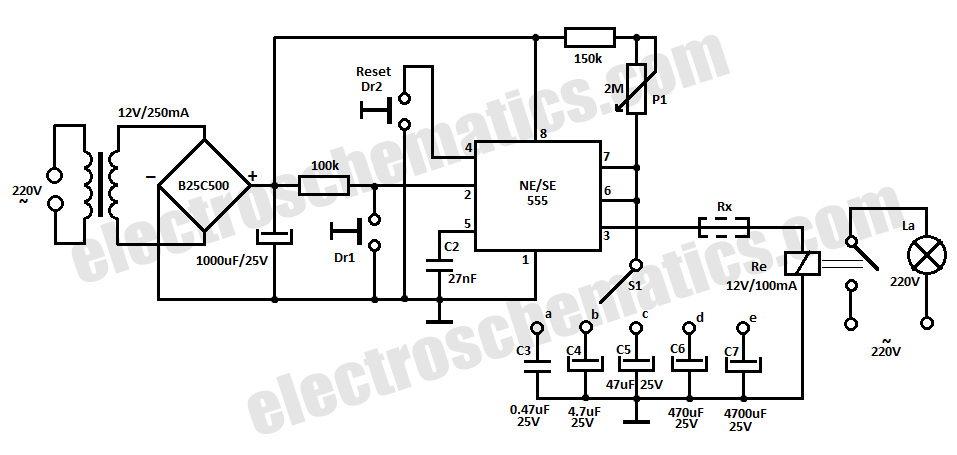
One advantage of a solid-state relay (SSR) over a conventional electromagnetic relay (EMR) is its wear-free operation. The S201S01 from Sharp is a notable example.
Solid-state relays (SSRs) are electronic switching devices that use semiconductor components to perform the switching function, eliminating the mechanical parts found in conventional electromagnetic relays (EMRs). This absence of moving parts leads to a significantly longer operational lifespan, as SSRs are not subject to the physical wear and tear that can affect EMRs over time.
The Sharp S201S01 is a specific model of SSR that exemplifies these benefits. It is designed to control high voltage and current loads while providing electrical isolation between the control and load circuits. The device typically features an input range of 4-32V DC for the control signal, allowing it to be easily interfaced with various control systems, including microcontrollers and PLCs.
The output side of the S201S01 can handle up to 2A at 240V AC, making it suitable for a wide range of applications such as industrial automation, heating control, and lighting control systems. The SSR operates on the principle of using an opto-isolator to trigger a thyristor or a similar semiconductor device, which in turn switches the load circuit.
In addition to its durability, the S201S01 offers advantages such as fast switching speeds, low power consumption on the control side, and reduced electromagnetic interference (EMI). These characteristics make it an ideal choice for environments where reliability and performance are critical.
Overall, the Sharp S201S01 solid-state relay serves as a robust solution for applications requiring efficient and durable switching capabilities, showcasing the advantages of solid-state technology over traditional electromagnetic relays.One advantage of solid-state relay (SSR) over conventional electro-magnetic relay (EMR) is its tear and wear free operation. S201S01 from Sharp is a good e.. 🔗 External reference
Solid-state relays (SSRs) are electronic switching devices that use semiconductor components to perform the switching function, eliminating the mechanical parts found in conventional electromagnetic relays (EMRs). This absence of moving parts leads to a significantly longer operational lifespan, as SSRs are not subject to the physical wear and tear that can affect EMRs over time.
The Sharp S201S01 is a specific model of SSR that exemplifies these benefits. It is designed to control high voltage and current loads while providing electrical isolation between the control and load circuits. The device typically features an input range of 4-32V DC for the control signal, allowing it to be easily interfaced with various control systems, including microcontrollers and PLCs.
The output side of the S201S01 can handle up to 2A at 240V AC, making it suitable for a wide range of applications such as industrial automation, heating control, and lighting control systems. The SSR operates on the principle of using an opto-isolator to trigger a thyristor or a similar semiconductor device, which in turn switches the load circuit.
In addition to its durability, the S201S01 offers advantages such as fast switching speeds, low power consumption on the control side, and reduced electromagnetic interference (EMI). These characteristics make it an ideal choice for environments where reliability and performance are critical.
Overall, the Sharp S201S01 solid-state relay serves as a robust solution for applications requiring efficient and durable switching capabilities, showcasing the advantages of solid-state technology over traditional electromagnetic relays.One advantage of solid-state relay (SSR) over conventional electro-magnetic relay (EMR) is its tear and wear free operation. S201S01 from Sharp is a good e.. 🔗 External reference
